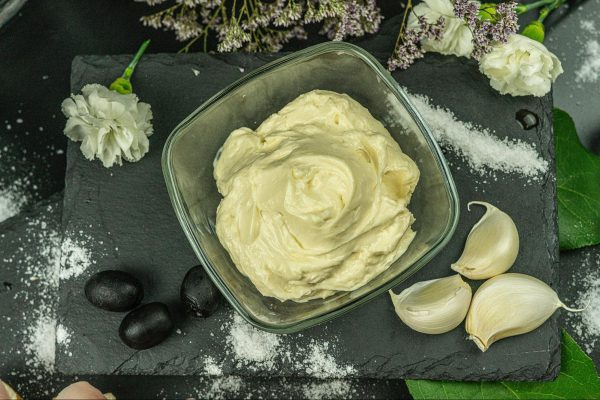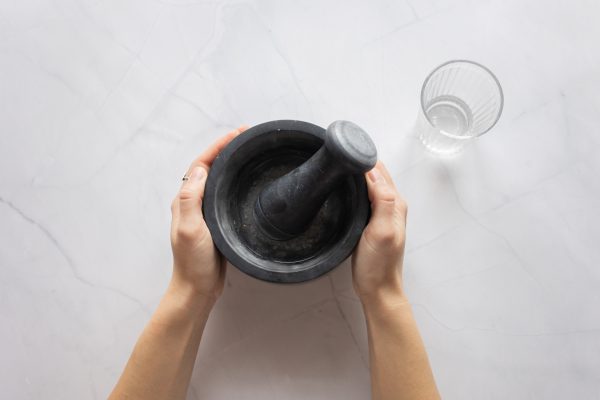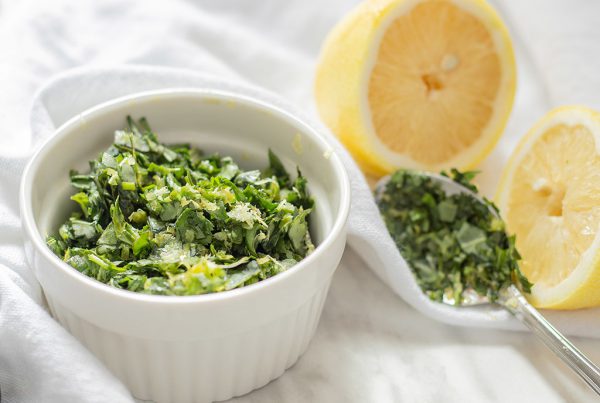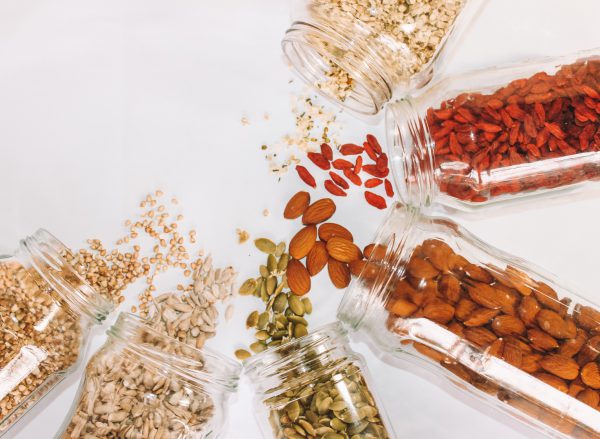Last Updated on December 23, 2022
Spices enhance the flavor and add color to our dishes, providing a rich culinary experience. In other words, they excite our taste buds!
Spices are plant parts that are potent in phytochemicals. Depending on the plant, these phytochemicals have antibacterial, antifungal, anti-inflammatory, anti-flatulent, and carminative properties. That’s why you’ll see more spices in cultures around the world where the climate is hot, and it’s hard to preserve food.
Phytochemicals give spices their pungent taste and color. Moreover, spices contain abundant phytonutrients, such as antioxidants, essential oils, vitamins, and minerals, which have medicinal effects when used correctly.
In this guide, we’ll briefly touch upon the science behind the delicious flavors that spices contain so that you learn how to play around with the never-ending flavor combinations and create dishes that are impossible to resist.
The Science Behind Flavors
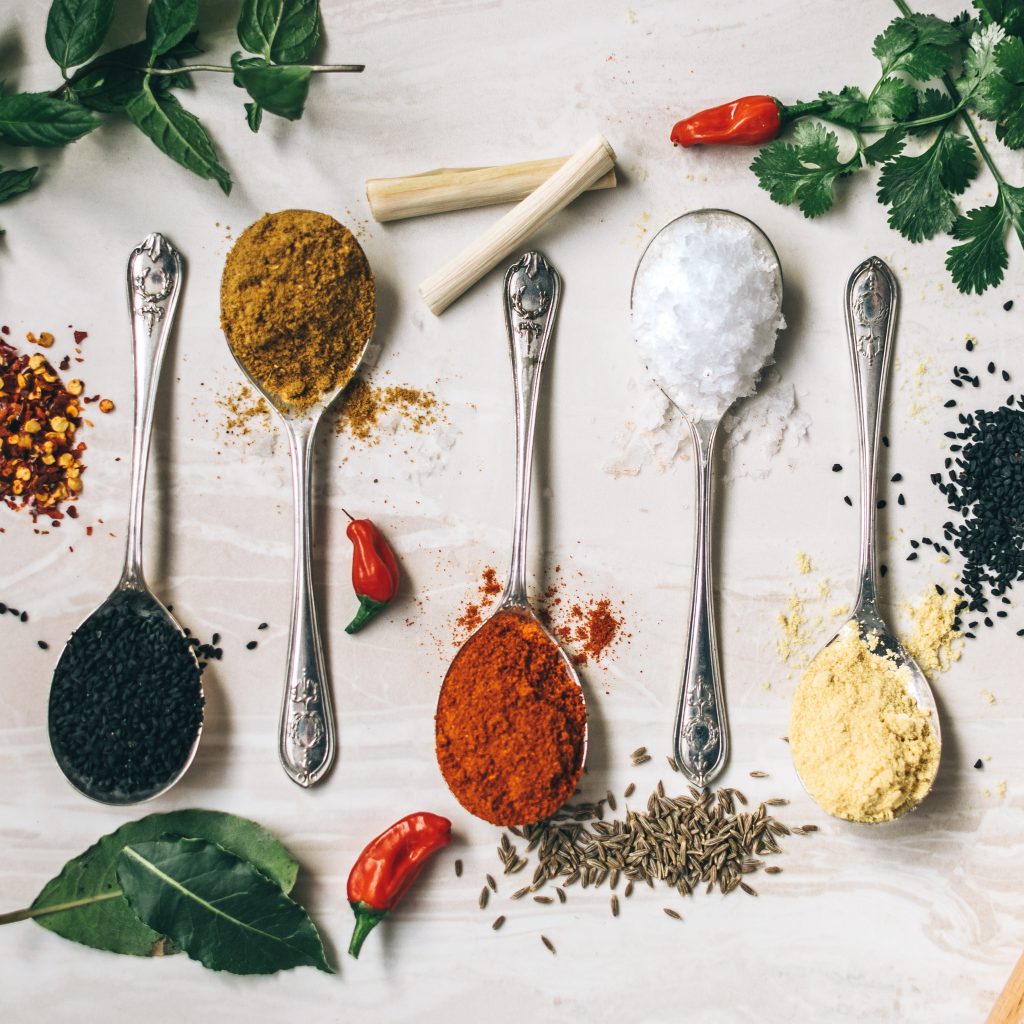
You can use them directly, but when cooking with herbs and spices, we try to liberate their aroma molecules or phytochemicals through various methods. This way, the food is much better infused with the different aromas and taste profiles.
The terms flavor, aroma, and taste are often used interchangeably, but there’s a substantial difference between the three. Taste is perceived through our taste buds and categorized as:
- Bitter
- Umami
- Sour
- Salty
- Sweet
On the other hand, our noses have over four thousand odor receptors. Scientists haven’t tried to group them into subcategories as the number of combinatory scents we can perceive is virtually infinite. However, we tend to speak of aroma molecules in 3 broad categories depending on their intensity:
- The top notes are fast and volatile aromas. We detect them very quickly, and they fade away in much the same way, such as lemon zest and peppermint.
- The middle notes are the primary aromas we detect after the top notes.
- The bottom notes are the most pungent aromas that stay a long time. You can think of them also as the aftertaste.
You’ll hear of these terms more often when talking about fragrances and perfumes rather than spices. A spice can have all of these notes, depending on its condition and what you mix it with. For instance, salt intensifies the spice aroma and its blooming.
Fresh spices are generally more volatile and strong in top notes. Some spices have milder aroma profiles, such as smoked paprika, turmeric, sumac, and coriander. They are high in the middle notes and weaker on the bottom notes. And warm spices such as ginger, cardamom, allspice, and cloves act as bottom notes that can take over your dish if you’re not careful.
Considering the impact of aroma, which is perceived through our noses, on the overall eating experience, it’s safe to say that spices are one of the most potent ingredients you can alter your dishes with. You simply need to learn how to use them.
Finally, the flavor is a combination of the sensations we get through our mouths and noses.
How to Treat Spices
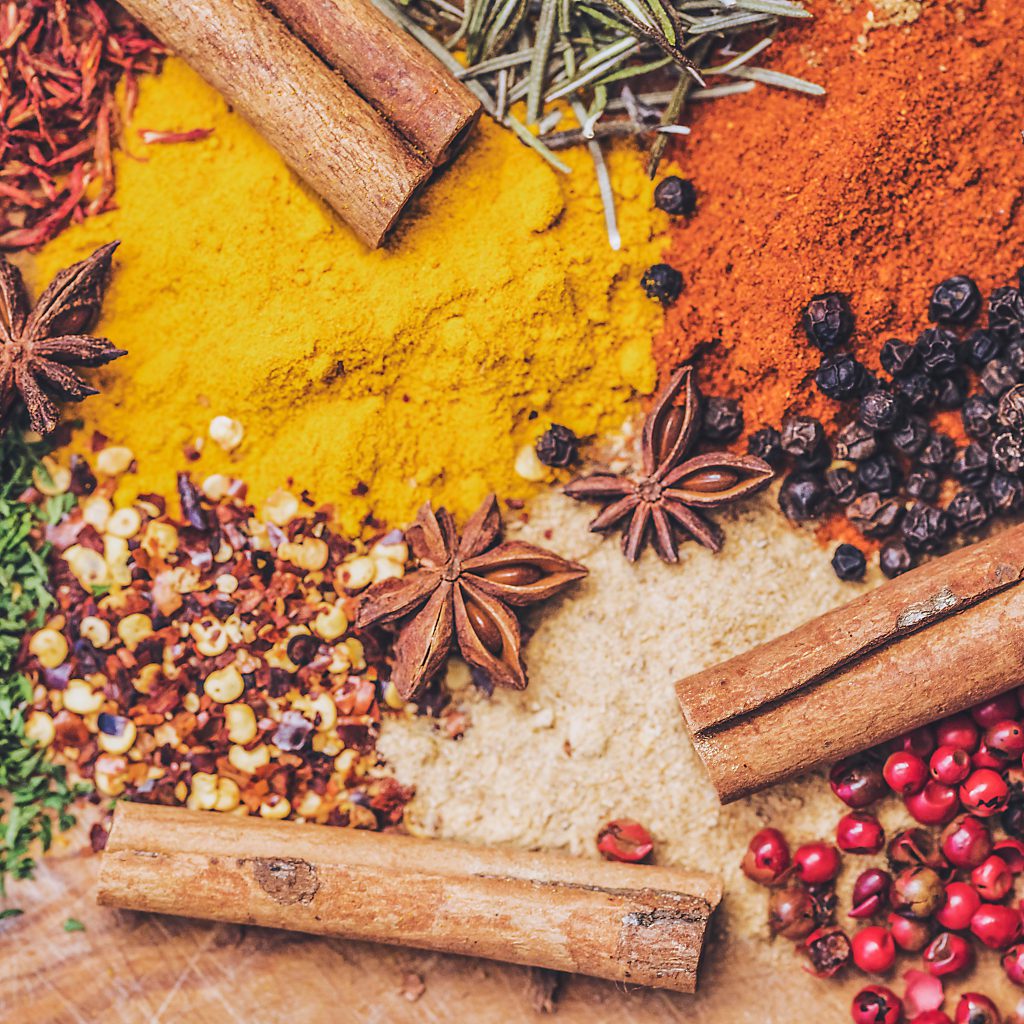
As we just mentioned, spice flavors are all about aroma molecules that react to air, light, and heat. Playing around with these chemical components brings out different flavors. For example, there’s a considerable difference between toasted and untoasted or bloomed and unbloomed spices.
Before delving into the spice mix recipes that you can have as multipurpose sidekicks in your cooking, let’s see how you can improve your spice game by introducing a few methods.
Toasted vs. Untoasted Spices
To toast your spices, get a dry pan and heat them up over medium-low heat, frequently stirring for a few minutes. Spices become more fragrant and get slightly darker — sometimes they even pop, like corn kernels.
Toasting mellows out the overall profile of the aromas and prevents the spices from hitting hard at the first bite, allowing the flavors room to meld together. It alters the flavors by turning down the top notes and softening the middle and bottom notes. The heat browns and grinds the spices, creating new aromas that add to the richness of the taste.
However, you don’t have to toast all the spices you use to make a great dish. Toasting is just a technique to create a greater depth of flavor. The best way to use toasted spice blends is to season red meats with them. It’s all a matter of how the spice blend complements your food. You can experiment with different treatment methods to see what appeals to you the most.
Bloomed vs. Unbloomed Spices
Blooming — or tempering — is a popular method for treating spices in South Asian cuisines. Unlike toasting, where you put spices straight up on a hot pan, with blooming, you cook them in hot oil to bring out the oil-soluble aroma molecules. The oil distributes flavor across the whole pot, amplifying the flavors.
Overall, heating your spices — with or without oil — impacts the end flavor significantly. However, the oil molecules can break down if exposed to too much heat. So heat spices slowly and only for about 30 seconds when you’re toasting or blooming.
Whole vs. Ground Spices
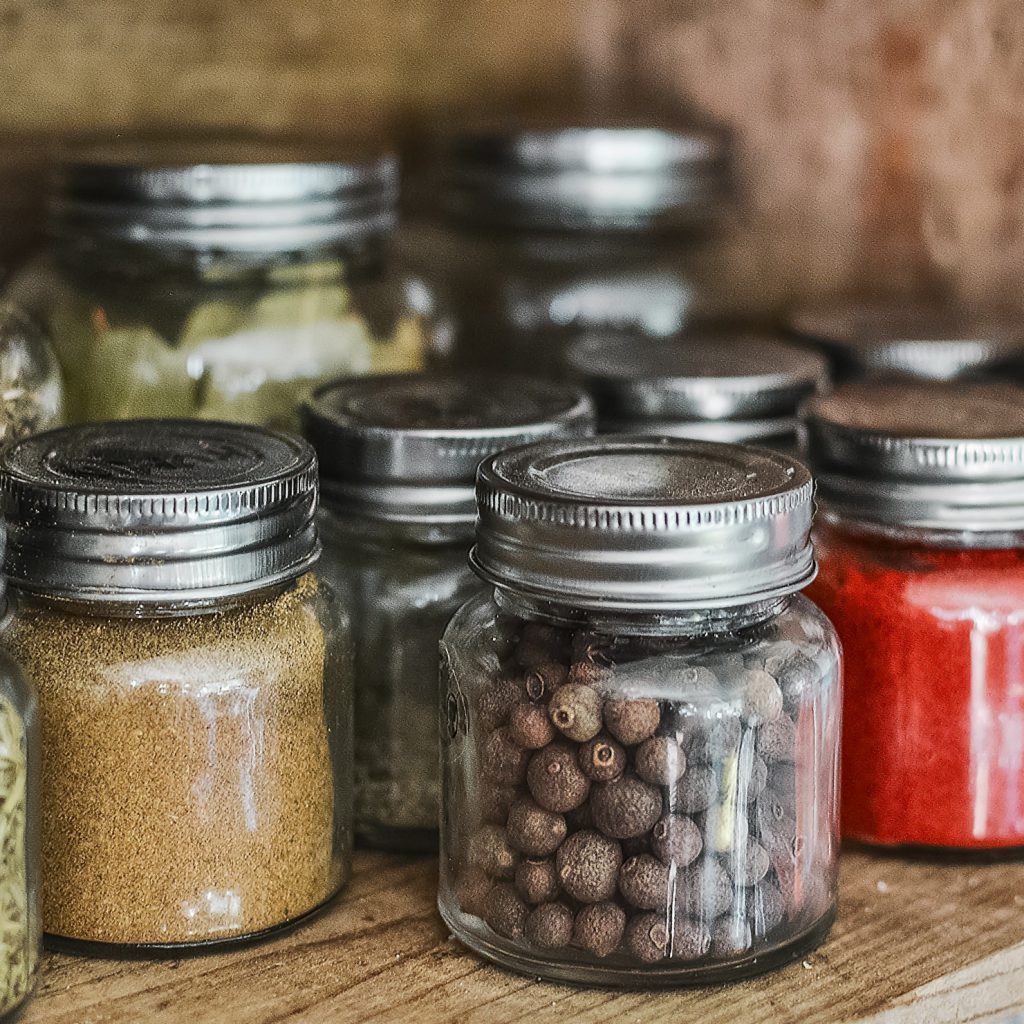
Whole spices stay fresh longer than pre-ground spices and offer a stronger aroma.
As we mentioned, the natural oils that are typically highly volatile and react when exposed to heat, light, and air give spice their intense aroma. If you’ve been keeping a pack of ground cumin at the back of your spice cabinet for a couple of years, we hate to break it to you, but that cumin won’t be a very potent spice anymore.
The good news is that it’s very easy to grind spices when needed so that they are at the peak of their potency. You can also use whole spices to flavor your dishes, but you may want to bloom or toast them so they mellow out and don’t hit your palate as strongly.
What Spices Go With What Food?
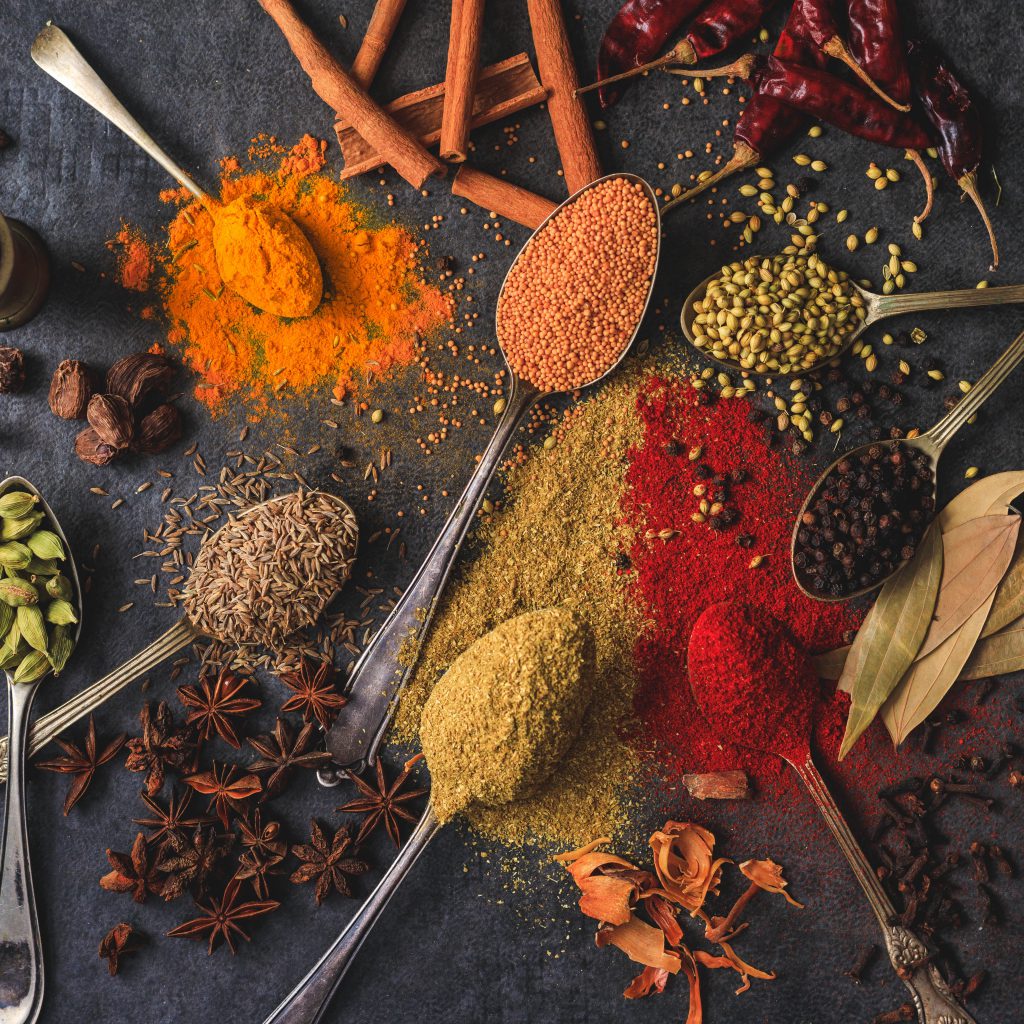
There are no hard and fast rules when cooking with spices – using your creativity and trying different spice combinations to see what you like is essential. However, we can offer a few guidelines for the most commonly used spices and the aroma they bring out:
- Sweet spices: cinnamon, cardamom, nutmeg, and cloves add a subtle sweetness to your dishes.
- Hot (sharp) spices: pepper, chili powder, and garam masala render the heat.
- Pungent spices: cumin, coriander, and asafoetida enhance the taste of the dish by adding a touch of bitterness.
Time Tested Spice Blends
1. Baharat
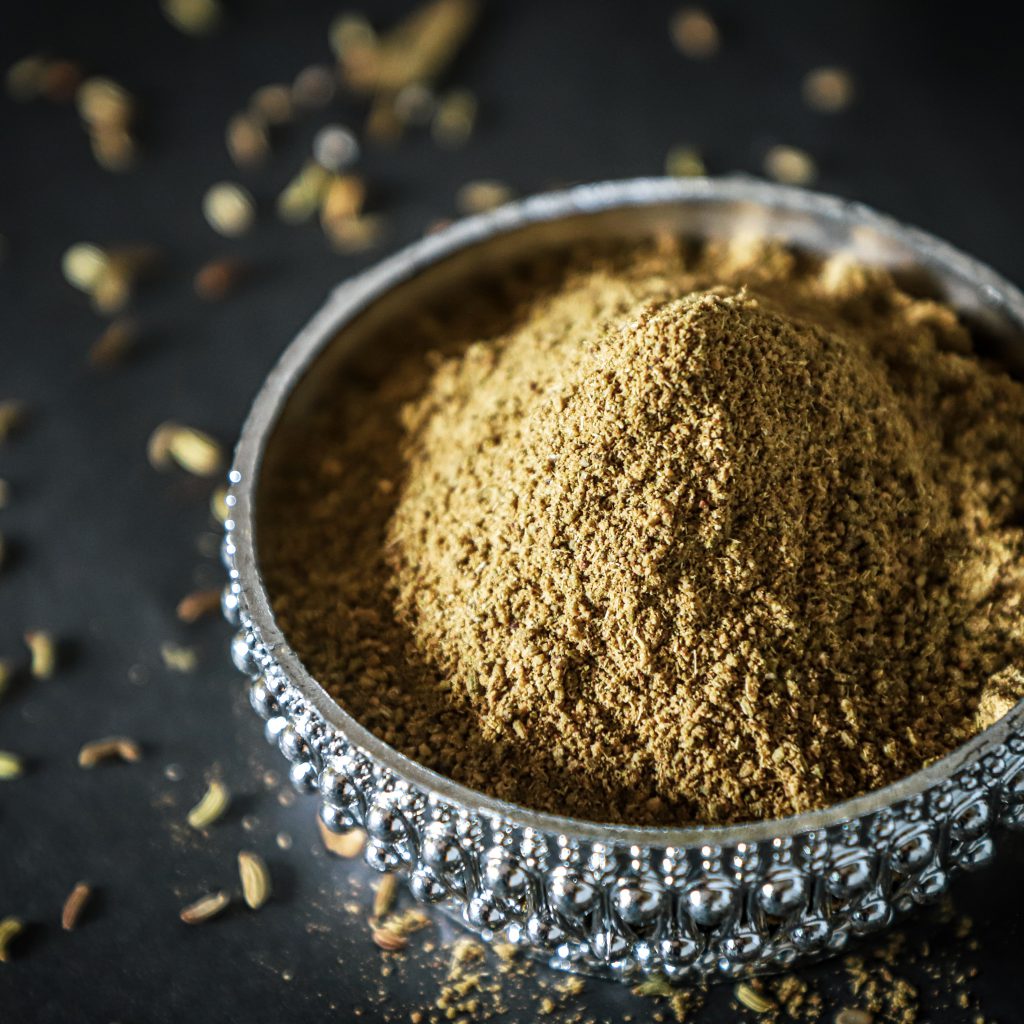
Baharat, which is actually the word for spice in Arabic, is a very popular Middle Eastern spice blend. It’s particularly used in the Arabian Gulf Region countries, such as Syria, Lebanon, and Jordan. It’s also commonly found in Greek cuisine.
The traditional mixture comprises caraway, cumin, cassia, cardamom, turmeric, ginger, nutmeg, cinnamon, black pepper, cloves, and dried chili flakes or paprika. However, the variations are also very rich. For example, in the Persian Gulf region, the baharat blend includes saffron and dried lime zest. All of the spices are finely ground.
Baharat is mainly used to marinate or season meat dishes, such as chicken, lamb, beef, or mutton, or added to soups and vegetable stews.
2. Berbéré

Berbéré is an African cuisine delicacy. It’s a mixture widely used in Eritrea, Ethiopia, Djibouti, and Somalia. Like baharat, berbéré has different variations, but generally, it’s composed of red pepper, cloves, ginger, coriander, rue, allspice, fenugreek, ajwain, nutmeg, cinnamon, black pepper, long pepper, onion, and garlic.
This bright red mixture is used heavily in African countries, especially Ethiopia, but the smoky, spicy blend also pairs well with many mainstream Western dishes. You can use it to marinate meat, chicken, or lamb, season legume dishes, or simply sprinkle it on a Mac and Cheese sauce. The world is your oyster; just be careful to add only as much as you can handle.
3. Dukkah
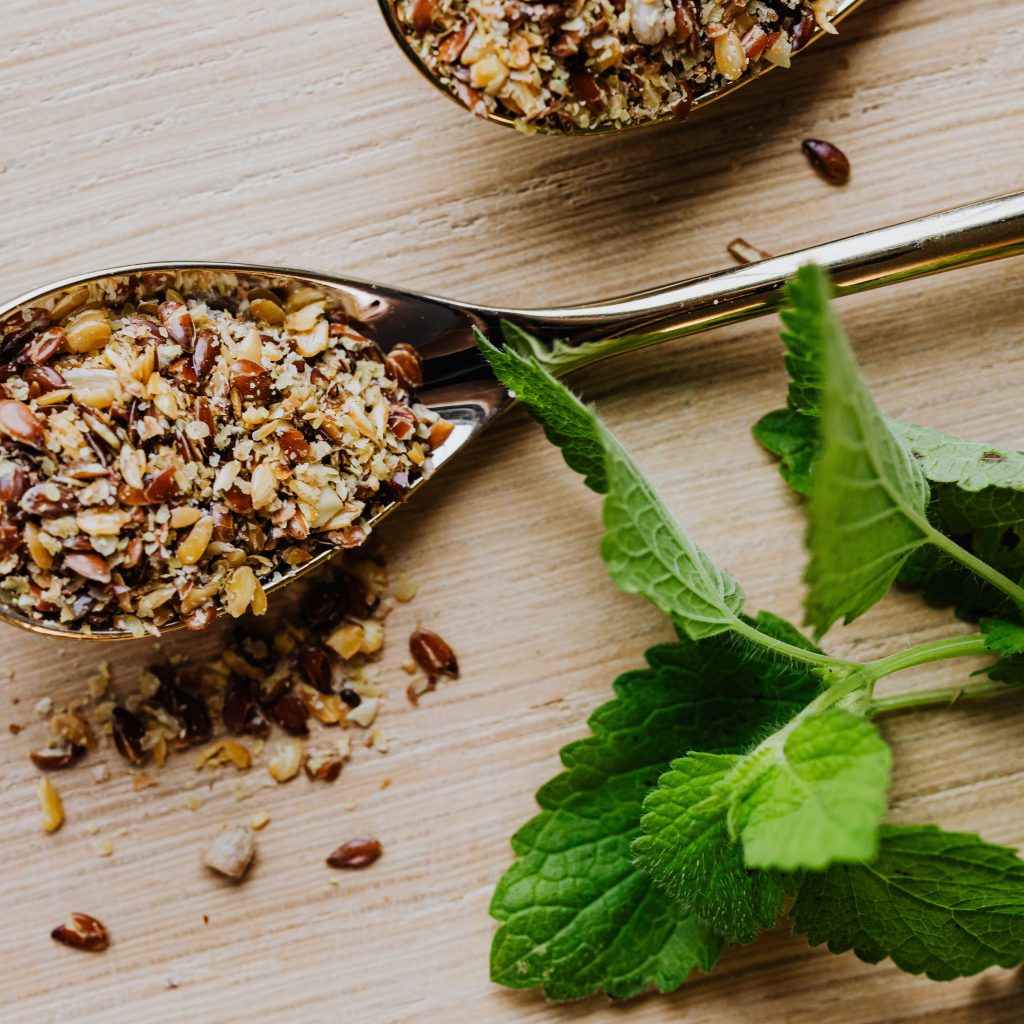
Dukkah, also known as duqqa or dukka, is a traditional mixture from Egypt composed of coriander, cumin, thyme, pepper, and mint along with dried nuts, such as walnuts, hazelnuts, and roasted seeds like sesame seeds and pumpkin seeds. Dukkah is widely used to rub chicken, fish, and lamb, but you can also rub tofu with it.
You won’t go wrong if you sprinkle dukkah over hummus, roasted vegetables, pasta, fresh fruits, or fried eggs, or use it to replace croutons as a salad topping. It’s a great spice mix for many dishes, but thanks to the nuts and seeds, it can be the star of the show even if you only serve it with some bread and good olive oil.
4. Harissa

Harissa is very common in Tunisia and widely used in Algeria, Morocco, and Libya. It’s a mixture of chili pepper, garlic paste, saffron, coriander seeds, rose petals, cumin, and salt. Tunisian cooks often use harissa to rub goat or lamb meat, sprinkle it over couscous, or add it to vegetable fish stews.
We recommend adding harissa to a bulgur or buckwheat salad with peppers and cucumbers or using it to confit eggplant with coconut milk yogurt, roasted walnuts, and cilantro.
5. Ras El Hanout
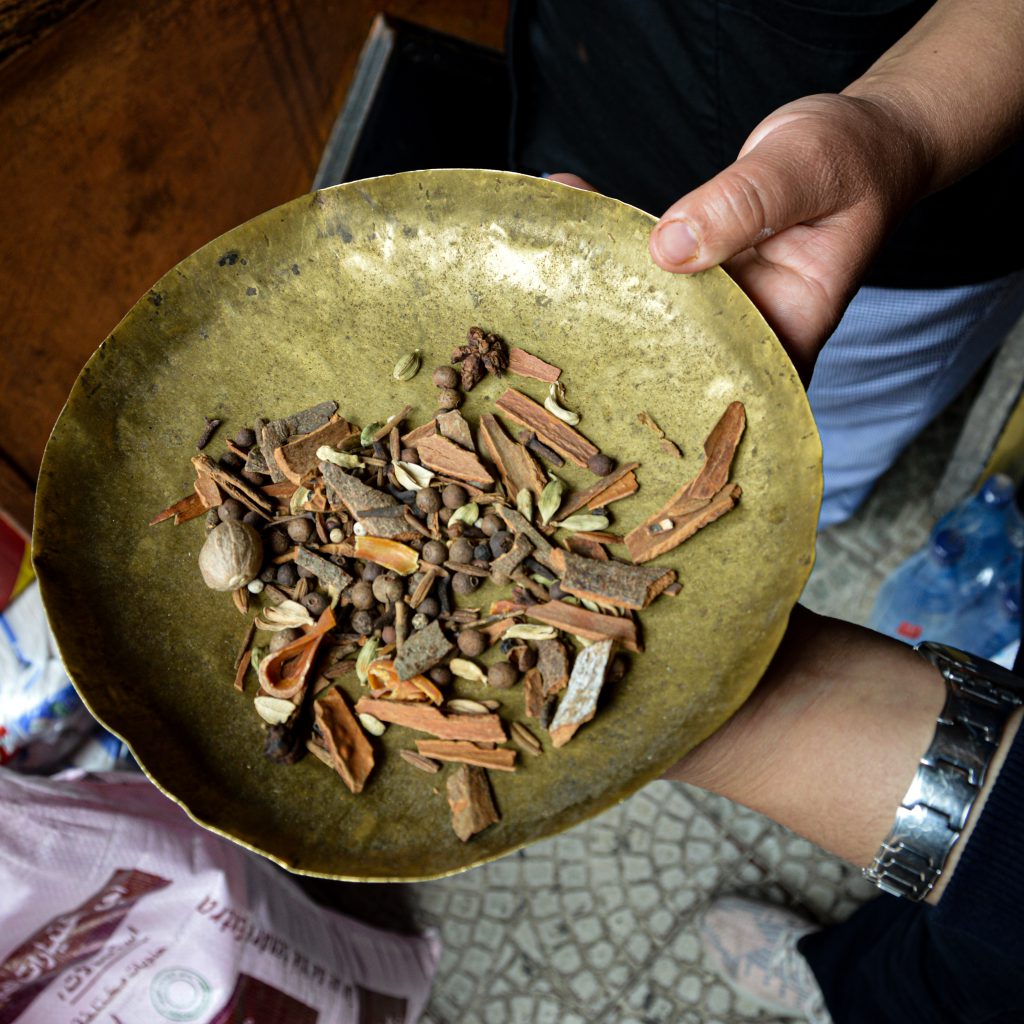
Another spice blend from North Africa, ras el hanout, means “the head of the shop.” It’s a beloved component of the Berberian cuisines. This mixture may contain more than twelve ingredients, and it’s prepared in unique ways and combinations by local families, producers, and sellers who jealously guard their recipes.
It typically contains cardamom, cinnamon, cloves, ginger, coriander, mace, sweet and spicy cumin, paprika, turmeric, nutmeg, and black pepper. Ras el hanout can also contain anise, dried rosebuds, fennel seeds, galangal, sorbus, chufa, and guinea pepper. You’re more than welcome to experiment with the ingredients to find the perfect flavor for your taste.
Like most other North African spice mixes, ras el hanout goes great with meat-based dishes. It’s most commonly used to season chicken, lamb, or Iberian pork and tagine dishes. But don’t be tempted to think this spice blend is only good with dishes based on animal protein. Don’t be afraid to step up your soups, couscous, and vegetable stir-fries with it. If you have a tagine pot in your cupboard, you can use it to make a vegetarian tagine with authentic flavors.
6. Za’atar
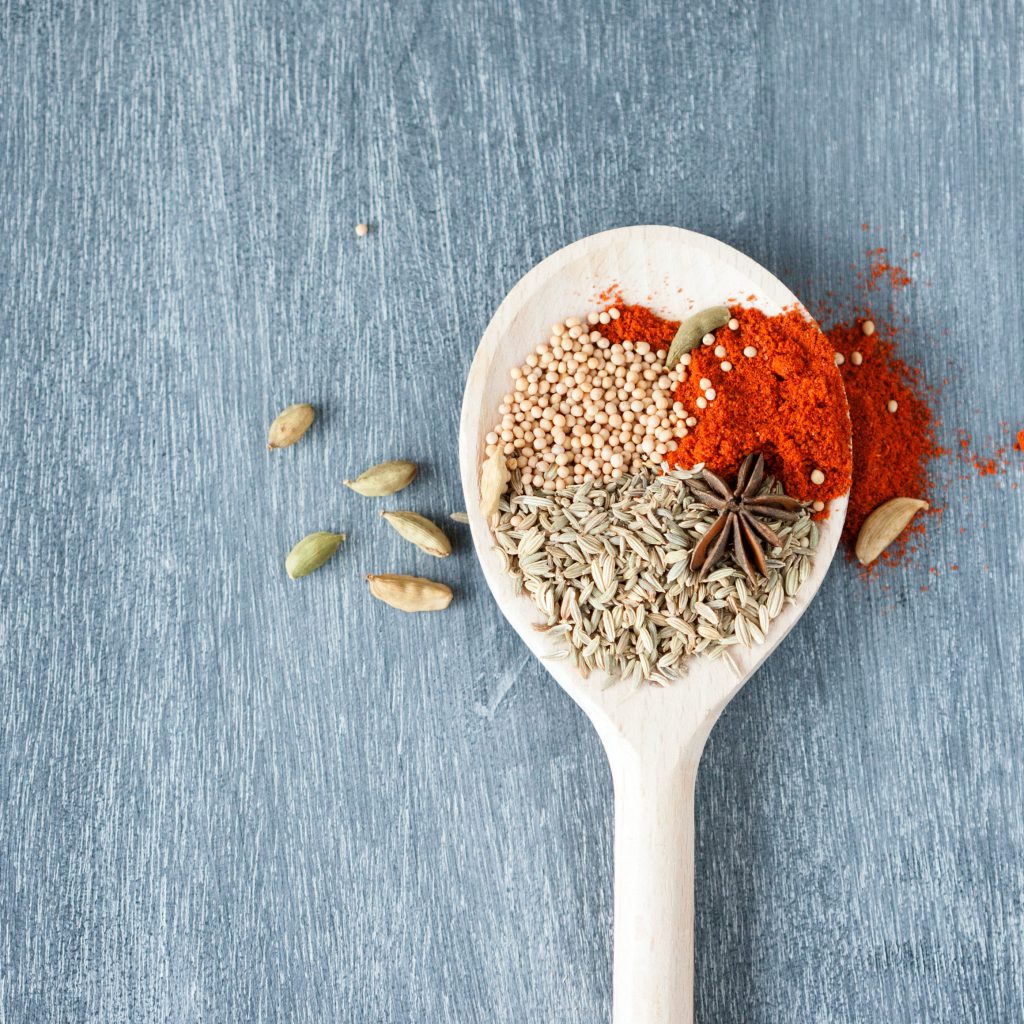
Widely used in the Middle East, the za’atar spice blend is generally linked with Levantine cuisine — the Ottoman Syria cuisine. The most widely known za’atar recipe comes from Lebanon. This popular version contains sesame seeds, thyme, and dried sumac berries. But it is also possible to find versions with oregano and marjoram — a Mediterranean aromatic herb.
Traditionally, za’atar is sprinkled on unleavened bread, either dry or soaked in olive oil or yogurt. Za’atar is also associated with grilled vegetables, white or red meat, and fish.
Apart from meat-based dishes, you can include za’atar in seasonings and sauces to top hummus, baba ganoush, or tzatziki with. The mixture is rich and delicious enough that you can also enjoy it with some fresh bread and olive oil.
7. Garam Masala
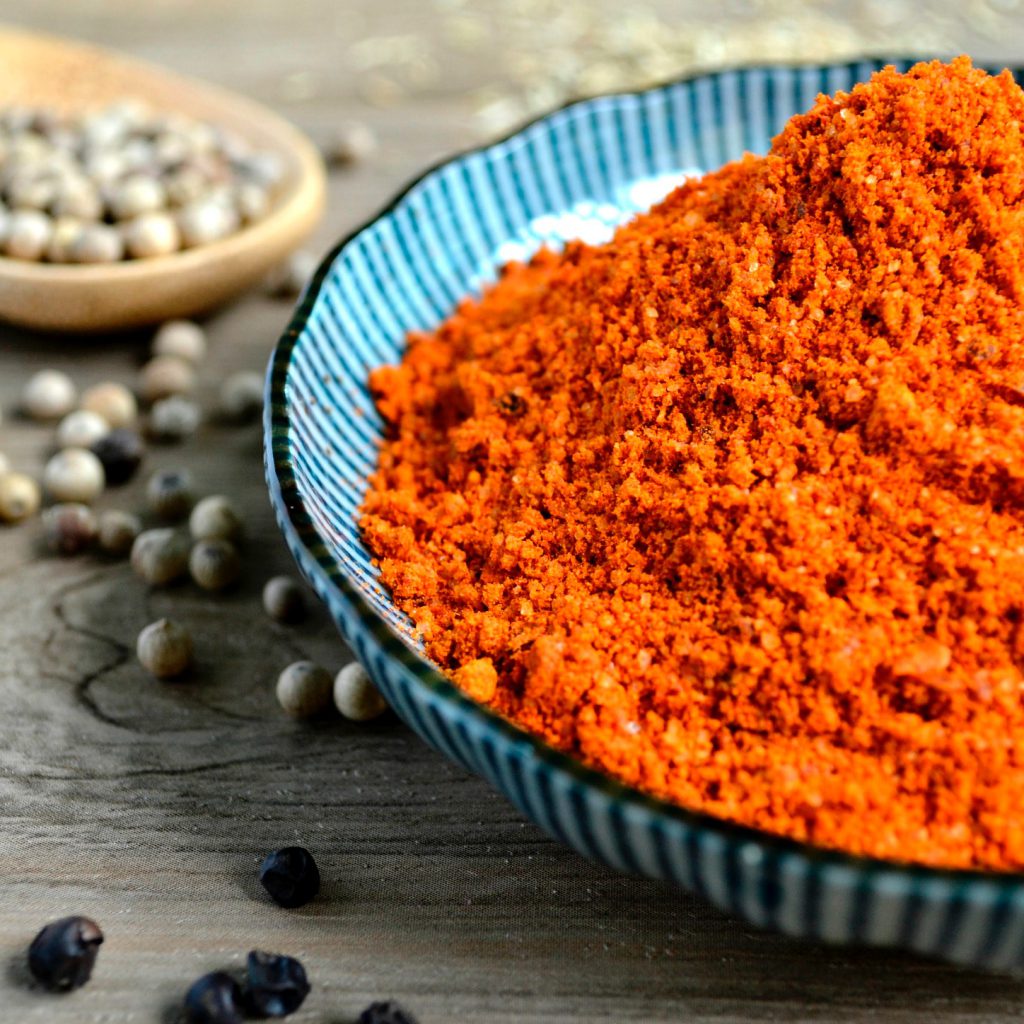
You can put on your favorite sitar song because we’re turning to South Asia, the spice capital. Garam masala is a preeminent spice mix from India, but despite its extreme popularity, there isn’t a standard recipe for this spice blend. All the garam masala — which means hot spices — mixes you put your hands on can be different, depending on the cook, region, or household.
To make the base of this spice mix, you need coriander, cumin, black pepper, and aromatic spices, such as cloves, nutmeg, cinnamon, mace, green and black cardamom, and tej patta — Indian bay leaf. When making garam masala, each spice is toasted individually before they are ground. This way, spices release all the aromas before blending into the mix. Because the mixture is toasted, garam masala is typically used when the dish has already been cooked to spice it up with that smokey finishing touch.
Garam Masala pairs great with chicken, soups, and curries, and it’s usually the key ingredient of tikka masala dishes. You can also use garam masala in vegetable stir-fries, such as cauliflower, lentils, and potatoes. In fact, this spice mixture is so popular in India that you can even find cookies and ice creams topped with it.
8. Chaat Masala
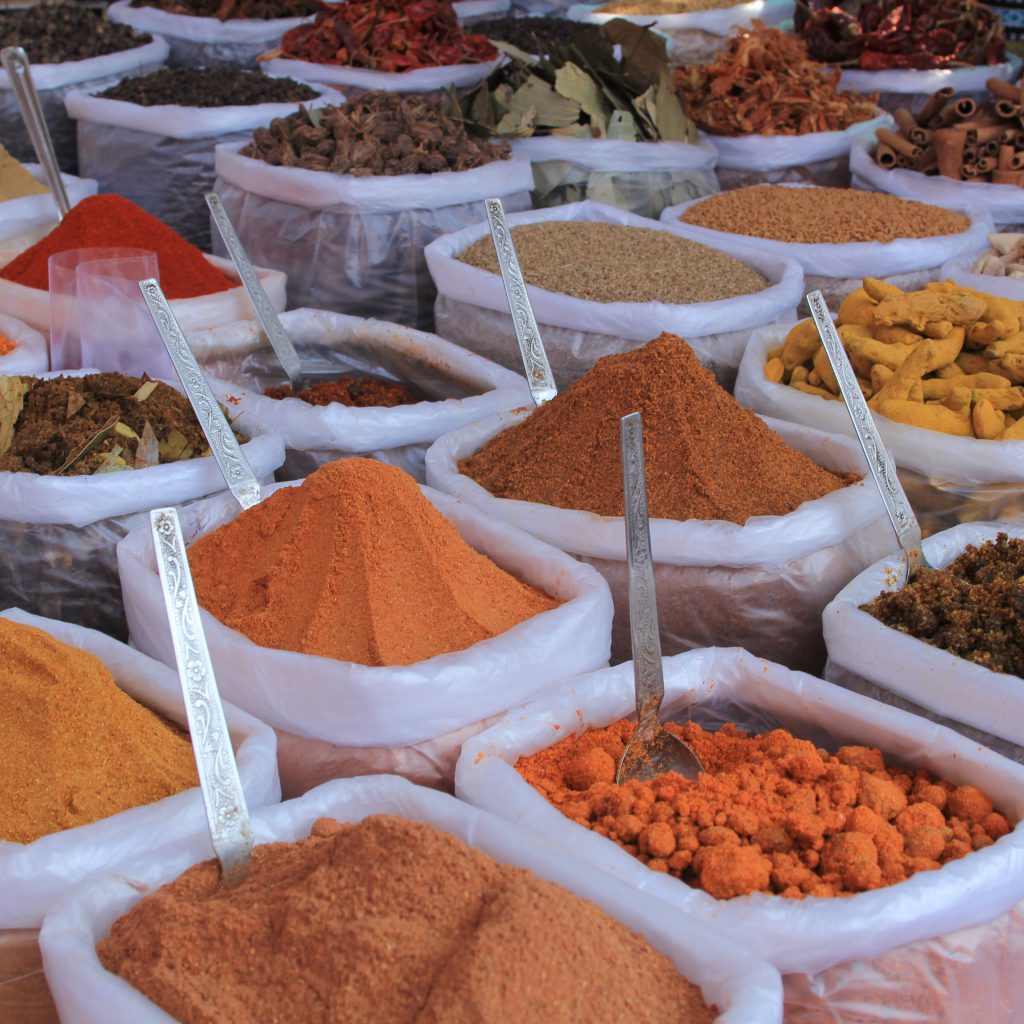
Chaat (or chat) masala is a spice blend with an acidic touch, thanks to a little-known spice, amchur, which is basically dried green mango powder. Chaat in Hindi means to lick and probably refers to licking your fingers thanks to the delicious blend. It also refers to salty, often fried, Indian street food, such as samosas. Chaat masala — which literally means chaat spice — is the ideal seasoning for the chaat, thanks to its pleasant acidity.
The typical ingredients of chaat masala — besides amchur — are anardana, which is dried pomegranate powder, and kala namak, also known as Himalayan black salt. Kala namak contains a little bit of sulfur that gives the mixture its unique flavor. The blend also contains black pepper, cumin, ginger, and asafoetida — dried sap from the root ferula plant.
Chaat masala is often sprinkled on chaat dishes, fried savory snacks made with fried dough. The dishes are combined with different ingredients such as yogurt, vegetables, and herbs.
Chaat masala might be an unusual spice blend for those who are used to Western cuisine flavors, but it’s excellent for home cooks who are looking to expand their palette. The mix has many different layers of flavor, thanks to the dried fruit powders and black salt. Even though you may not fall in love with chaat masala at the very first smell, there might be tones that you like about this spice blend that’ll widen your horizons.
You can add chaat masala to lentils, legumes, and vegetarian curries when cooking or sprinkle it on deep-fried dishes as Indian street vendors do. You can also enjoy it on top of fruit salads, sandwiches, or a plate of cheese and eggs.
9. Curry
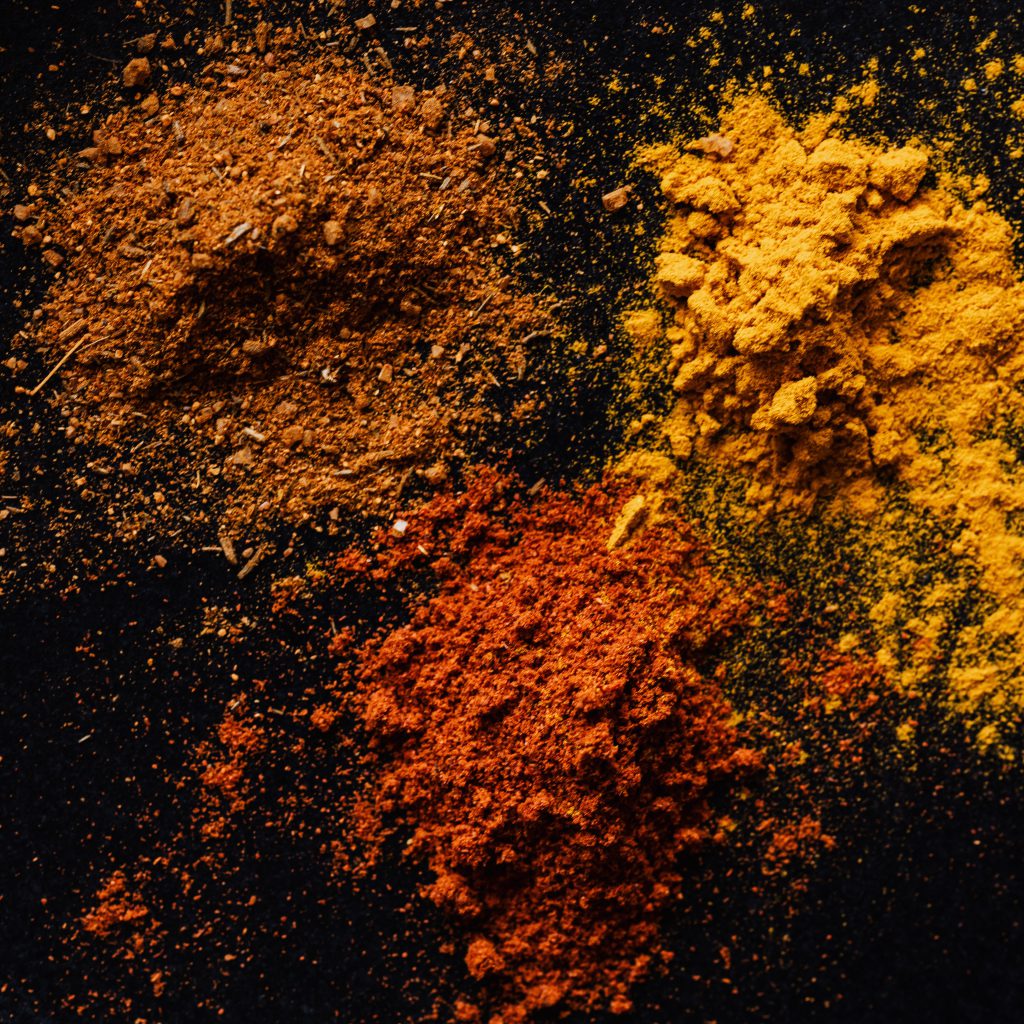
In India, curry is a generic name used for a multitude of stews with many different spices. Indians generally categorize their spice mixes as masalas, and curry powder is, in fact, invented by the English as an attempt to simplify the rich and versatile Indian stews.
During the colonization of India, the British wanted to imitate the complex Indian dishes with a simple powder mixture. So they created one from a mix of Indian spices and called it curry. Although you won’t find a spice blend called curry in authentic Indian cuisine, it’s definitely an easier way to incorporate the many spices that Indian cooks operate with daily.
Today, commercial curry mixes are typically based on turmeric and coriander, with other spices such as fenugreek, cumin, cardamom, ginger, mustard, cinnamon, nutmeg, cloves, black pepper, and chili enhancing its flavor.
You can also make your own curry powder or paste by grounding, toasting (for powder), or blooming (for paste), and mixing these spices. Making your own blend gives you more flexibility with the aromas and the flavors.
The curry blend has a unique flavor thanks to the combination of sweet and savory spices. It’s most commonly used in soups, sauces, stews, marinades, meat, and vegetable stews, but you can add it to unconventional dishes like hamburgers, potato salads, or scrambled eggs. It really goes well with everything.
10. Adobo
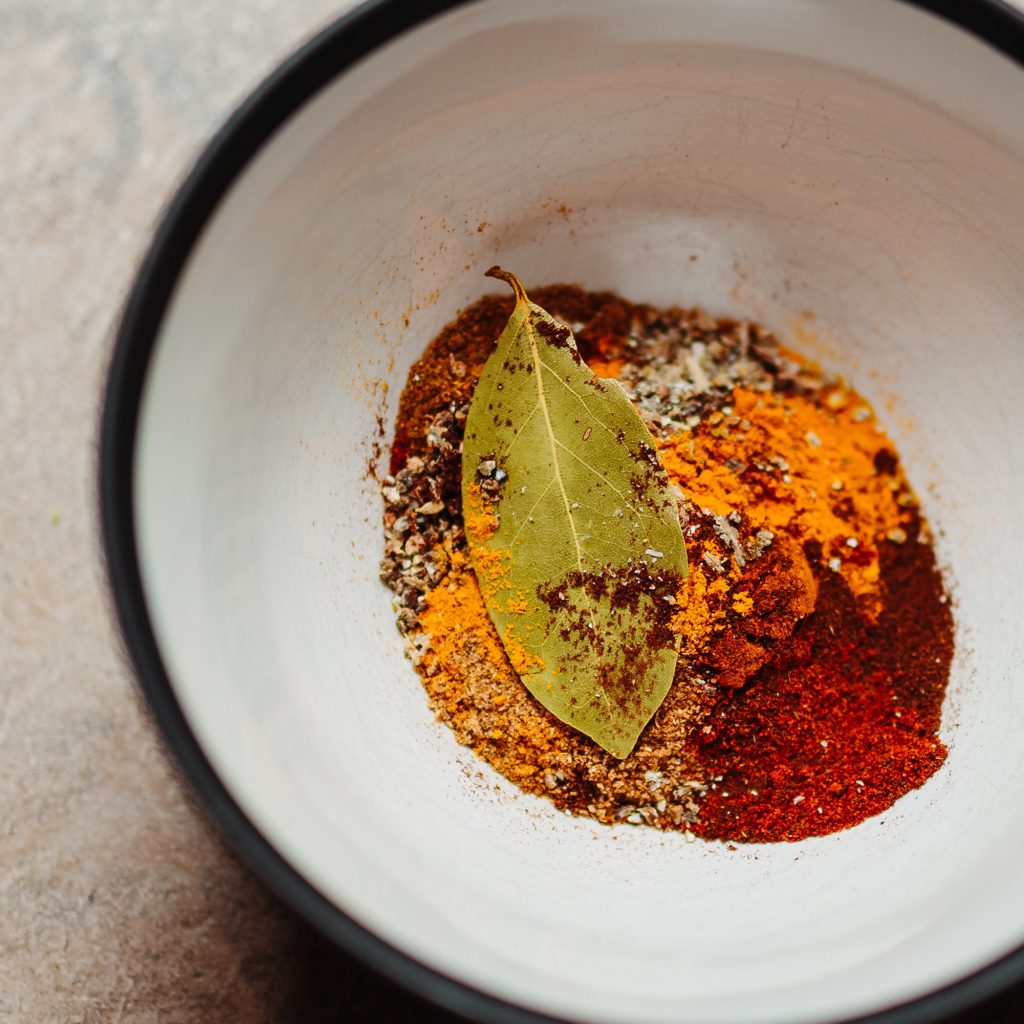
The adobo is a Latin American delicacy. The word comes from the Spanish word adobar, which means to marinate. Adobar was considered more of a way to preserve meats and other foods before every kitchen had fridges, rather than a spice blend. Even though we don’t strictly need spices to keep our food fresh anymore, adobo is still very popular among Latin American cooks.
The recipe is actually a marinade with garlic, spices, and vinegar, but you can also get it in the form of a ground spice mix with some chunks of dried veggies. The mixture is based on paprika or chili pepper, cumin, oregano, garlic, and fresh peppers. In order to make a marinade or paste, just add oil and vinegar. You can use powdered adobo with guacamole, roasted potatoes, or as a rub for meats like chicken or pork before making a grill or roast.
The Philippines, probably because the country was previously a Spanish colony for almost half a millennium, also has an adobo in their cuisine. But the Filipino adobo refers to a dish based on simmered meat in a broth of soy sauce and vinegar, so it’s a much different recipe from the Latin Americana adobo.
11. Gomashio

by Susun Weed
Gomashio — meaning sesame salt — is a Japanese blend that combines toasted and ground sesame seeds with sea salt and sometimes dried seaweed. Even though this simple mixture has only two or three ingredients, the flavor it adds to dishes is remarkable.
The traditional way of making gomashio is using unhulled sesame seeds with their bitter outer layers. You can also make it with hulled sesame seeds to mute the bitterness.
The natural oils from toasted sesame seeds enhance the salty taste even though the blend includes very little salt. That makes gomashio perfect for low sodium diets.
Gomashio is an all-purpose seasoning mix like salt and pepper. You can add it to your rice, pasta, salads, soups, stews, and stir-fries. You can even sprinkle gomashio on a bowl of popcorn for a tasty snack.
12. Cajun Blend

The taste profile of the cajun blend is a tradition of the Acadians — descendants of the French who settled in the region of Arcadia in Canada during the 17th century before moving to the Lousiana area — and combines Native American, Spanish, and French cuisines and their spicy and rustic culinary tradition. Paprika and cayenne pepper gives the cajun blend a tangy touch. It also contains onion, garlic powder, spices like cumin and allspice, dried herbs like thyme and oregano, and salt.
A little Cajun seasoning will go great to spice up any dish. It’s perfect for rubbing meats, poultry, and fish and sprinkling over roasted, grilled, or stir-fried vegetables, or simply tossing your bowl of popcorn with it.
13. Jamaican Jerk Seasoning

by Gopal Tarwan
Jamaican Jerk is more of a seasoning rather than a spice blend. It contains fresh ingredients, such as chives, thyme, scotch bonnet pepper, garlic, and spices, most prominently allspice. The recipe can also include cinnamon, cloves, nutmeg, and black pepper, depending on the chef’s palette.
The blend is commonly used as a general-purpose dry rub for barbecue, roasted, or grilled meats. You can also add it to your stews and braised dishes or use it to season pork and poultry. Jamaican jerk is commonly associated with meaty dishes, but it can give your vegetarian stews a hearty aroma too.
14. Colombo
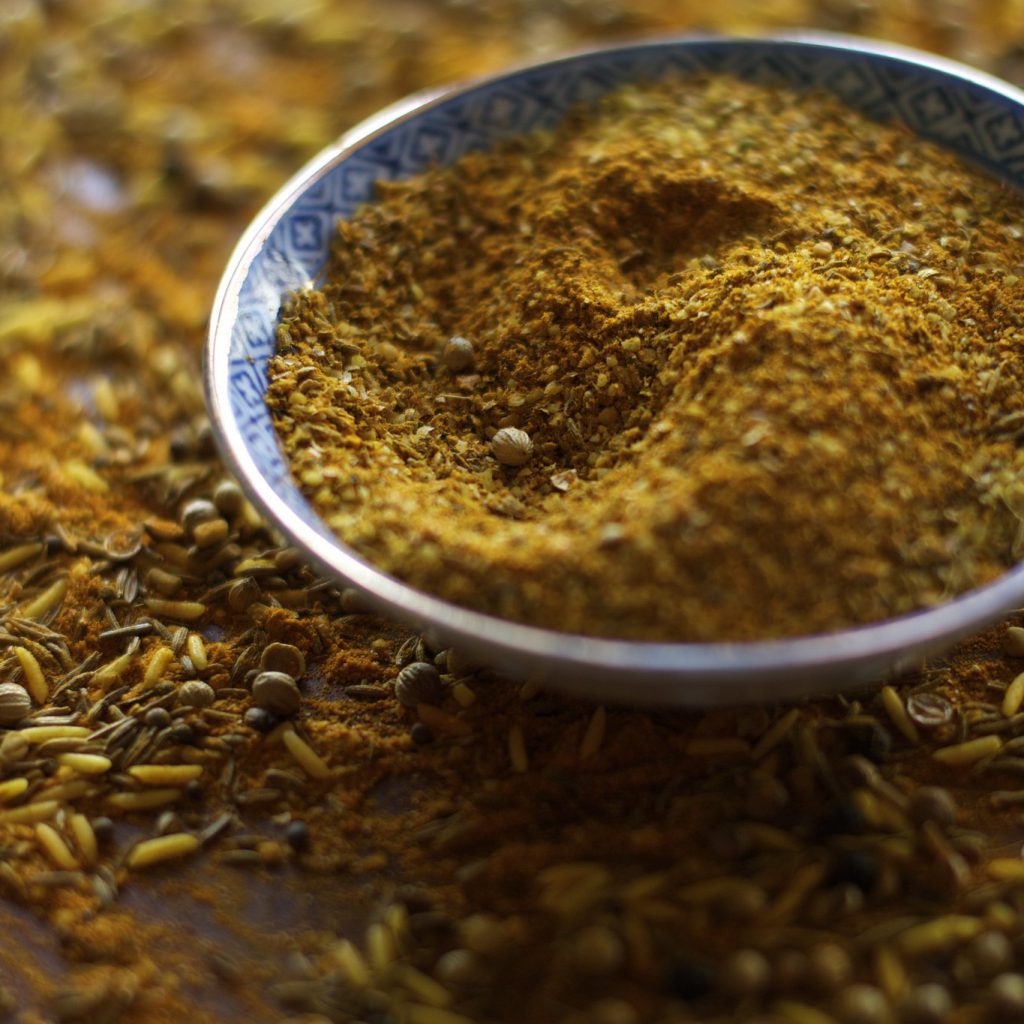
by morgan_p_
Colombo powder is a mixture invented by the Sri Lankan immigrant workers in the Caribbeans who were forced to work on sugar and other plantations during the colonization of Latin America. The most prominent ingredient of this mixture is rice. The rice is toasted and ground with the rest of the spices, such as fenugreek, cumin, mustard seeds, coriander, turmeric, pepper, and cloves, along with garlic and chili. Depending on the region, it can also contain cinnamon, mustard seeds, cardamom star anise, and ginger.
The blend has an earthy, nutty aroma and is commonly used to spice vegetables, meat, and fish. You can use colombo mixture in any dish you would spice up with curry to give it a sweet and earthy flavor.
15. Quatre Épices (Four Spices)
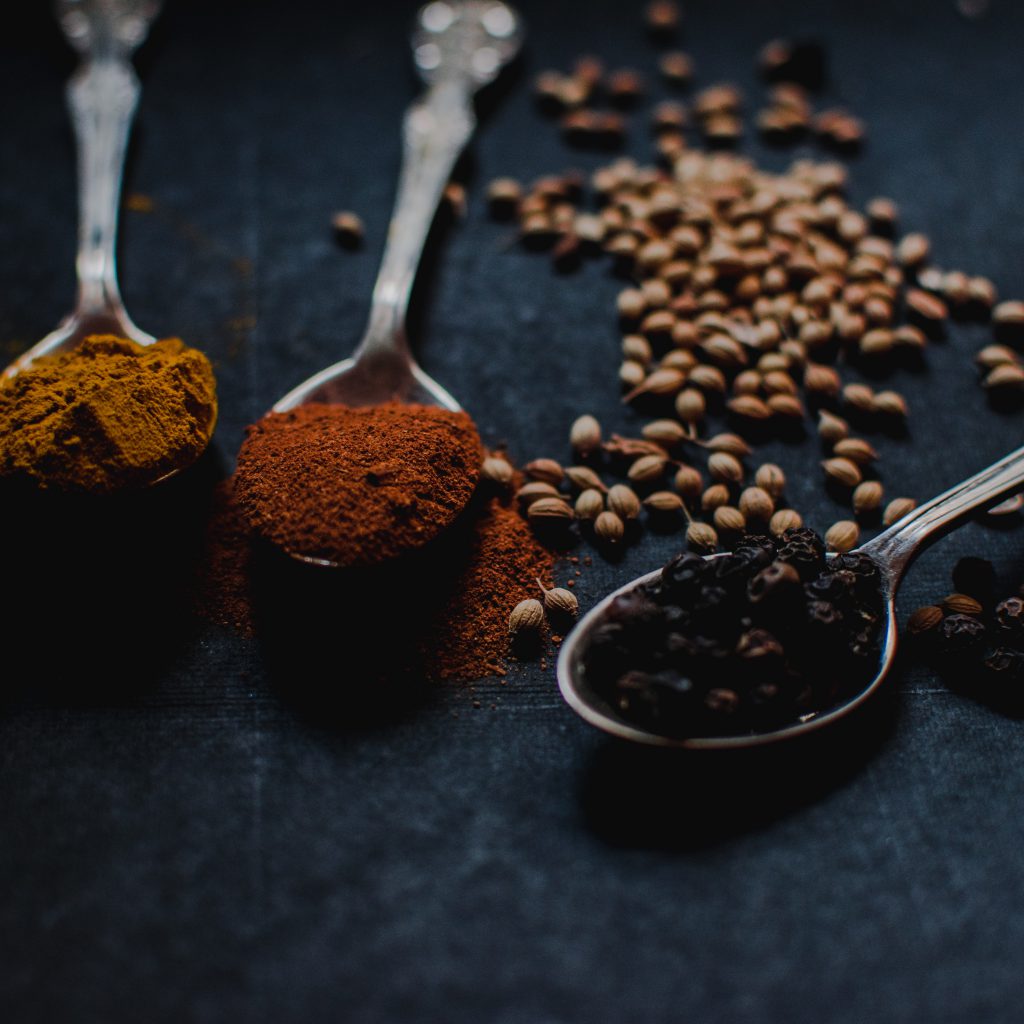
Quatre Épices is a mixture of pepper, nutmeg, cloves, cinnamon, and ginger, used in France to season terrines and meat stews. Even though the blend is called 4 spices in French, there is no single recipe, and you’re more than welcome to play with the ratios. Some variations of the blend include crushed allspice which has similar and complementary aromas that pair well with Quatre Épices.
It’s common to have Quatre Épices spice up pâté — a savory paste made of finely minced meat or fish. It’s also an all-purpose spice blend for charcuterie, soups, red meat roasts, or vegetable stews. You can even top your mashed potatoes with French four spices for a savory puree.
Over and Out!
Spices are one of the most exciting aspects of home cooking. When applied right, they can turn an average dish into a masterpiece. Spice mixes make the task even easier because the ratios will already be perfect.
You can either get ready-made spice mixes or make your own spice blend. We strongly recommend you make your own blend and get to discover the flavors for yourself and experiment with different tastes. You only need a granite mortar and pestle such as KROK to incorporate all the fresh aromas in your blend. This way, you’ll be in control of what goes into your dishes and cook with the freshest spices.


